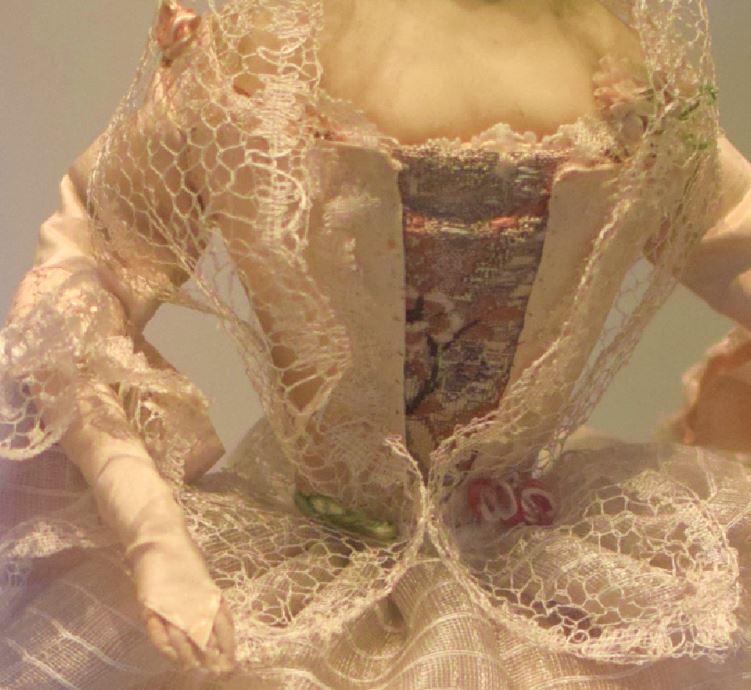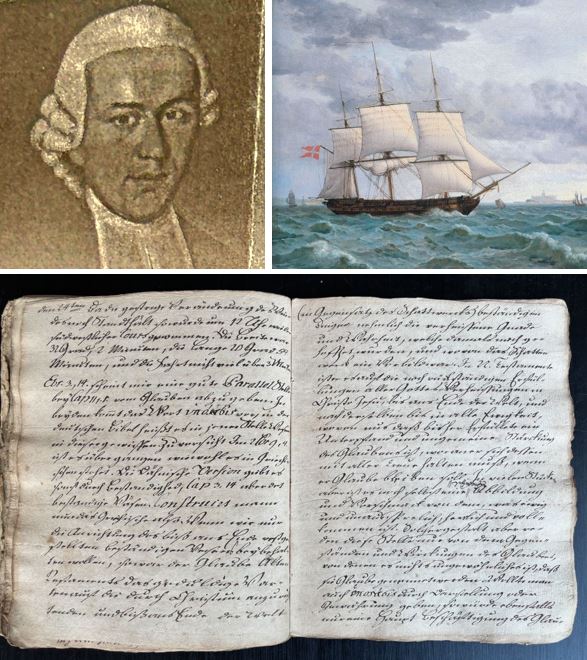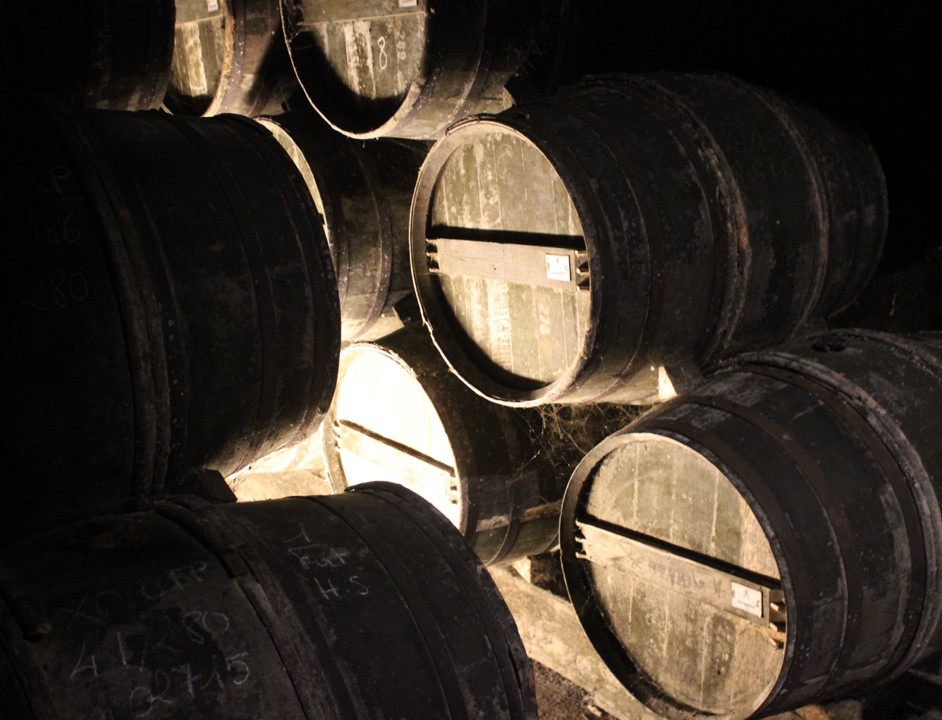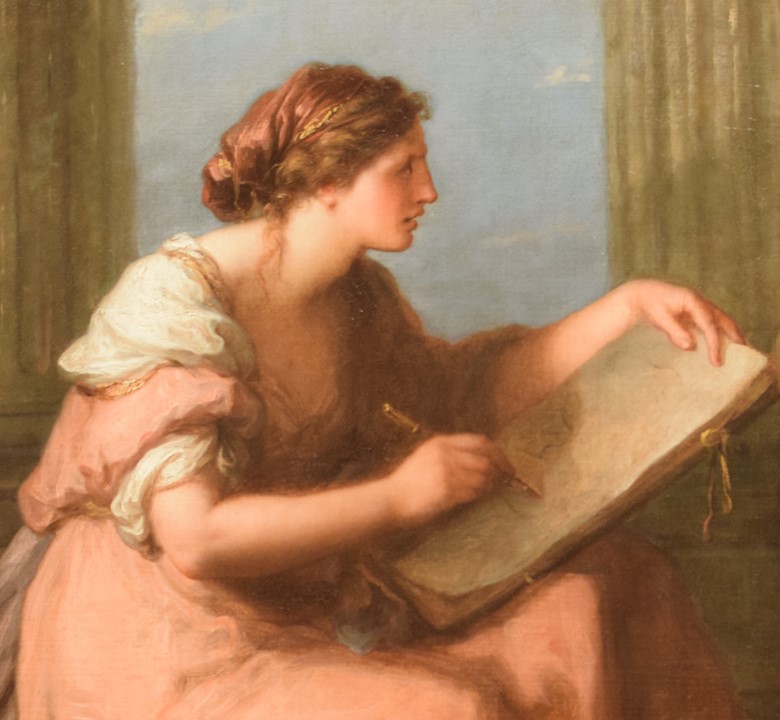In 1805, Britain stands under constant threat of a French invasion. Napoleon has assembled his invasion force – Armée d’Angleterre – at Boulogne-sur-Mer in Northern France, ready to strike. Additionally, the French and Spanish fleets combine to take control of the English Channel. In Britain, about 252,000 men are part of the regular and voluntary military forces. The numbers employed by the Royal Navy expands from 36,000 in 1793 to 120,000 in 1805. After a flurry of British diplomatic missions Austria and Russia join Britain against France. The victory at the Battle of Trafalgar in October gives Britain fresh hope, though the country loses its greatest naval hero. What can you read to distract the mind in a period of tension and uncertainty?
Continue reading →










